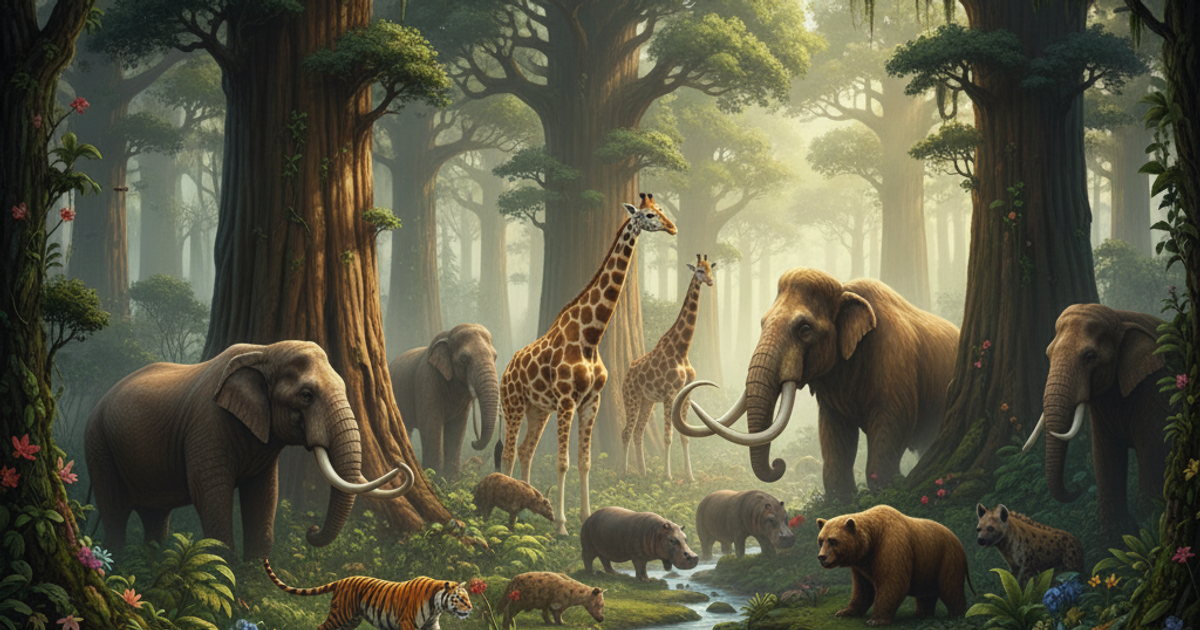These amazing species not only reflect the continent’s natural identity, but they also play an important role in ensuring environmental equilibrium.
Nonetheless, poaching, habitat degradation, and human encroachment pose a growing threat to their existence.
Protecting these species is more than just preserving wildlife; it is also about ensuring Africa’s environmental, economic, and cultural future.
The health of Africa’s ecosystems is dependent on the presence of huge animals.
Elephants, for example, operate as ecosystem engineers, clearing roads through forests, digging water holes, and dispersing seeds across large distances.
Predators such as lions and leopards control prey numbers, preventing grasslands and woodlands from becoming overgrazed.
When these creatures die off, the entire ecosystem begins to collapse, harming everything from flora to smaller species that rely on these habitats for existence.
Many of Africa’s huge animals are currently endangered or vulnerable.
Over the last century, the continent has lost more than 90% of its rhinos and a considerable number of elephants.
The global society has a moral obligation to prevent these species from becoming extinct.
Protecting Africa’s megafauna necessitates collaboration, ranging from stricter anti-poaching laws to community-led conservation and global funding initiatives that make wildlife protection financially viable.
Africa’s megafauna are more than just wild emblems; they are ecological pillars, economic drivers, and carriers of cultural history.
Their conservation guarantees that Africa’s landscapes are vivid, sustainable, and alive for future generations.
With that said, here are the 10 African countries where it is best to protect megafauna, as seen in a report by Go2Africa.
According to the report, these countries are most committed to preserving large animal species, with Botswana ranking highest on the index with the top score of 100.

